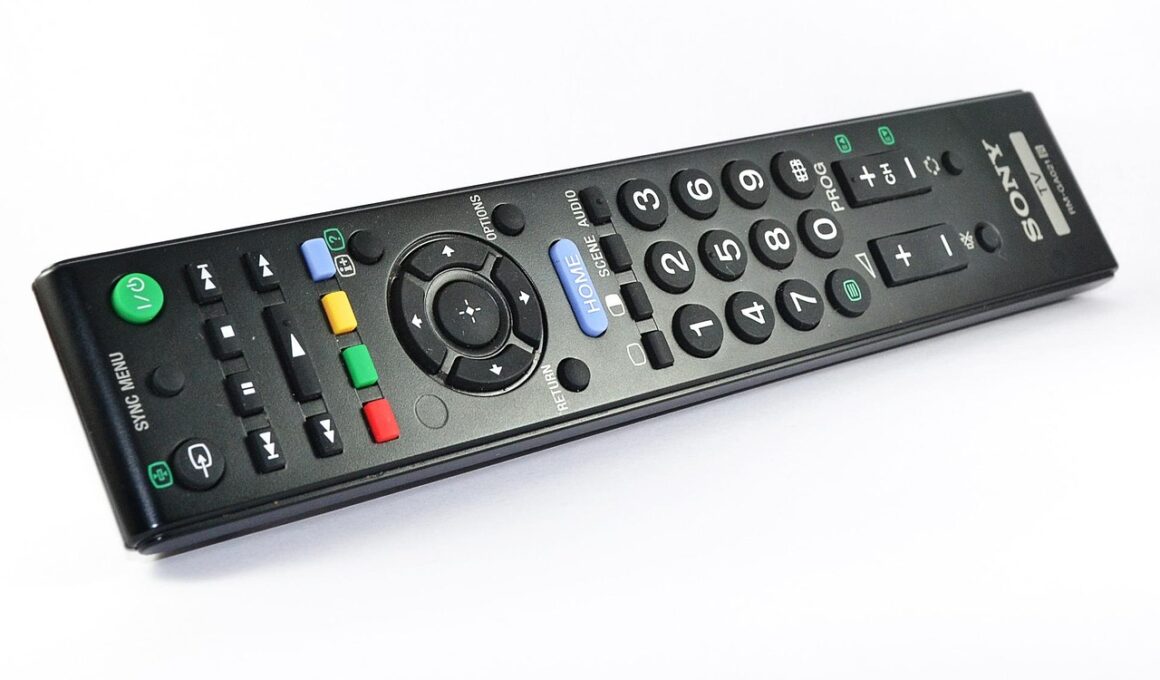Integrating Remote Control Collars into Positive Reinforcement Training
In recent years, dog training has evolved significantly, incorporating various techniques and tools to enhance the training experience. One effective tool in the training arsenal is the remote control collar, which can be integrated meaningfully into positive reinforcement training methods. Unlike traditional punitive training methods, positive reinforcement focuses on rewarding desired behaviors rather than punishing unwanted actions. The remote control collar, when used correctly, can assist in providing timely reinforcement that aligns with this philosophy. This modern approach can build a strong bond between the dog and the trainer, increasing trust and cooperation. Remote collars include features like vibration and tone, which can be adapted to suit the dog’s unique needs, allowing for clear communication during training sessions. The key aspect is to ensure that these devices are used judiciously. By prioritizing rewards and only using the collar as a supplementary tool for cues, trainers can foster an environment where dogs thrive and learn effectively. With patience and consistency, these collars can enhance training outcomes while keeping the process enjoyable for both dogs and trainers alike.
Understanding the functionality of remote control collars is crucial when incorporating them into positive reinforcement training. Most collars come equipped with various stimulation levels, enabling trainers to set the appropriate signal for their dogs. Vibration or tone settings can serve as non-intrusive reminders for dogs, enhancing their learning experience and understanding of commands given. It’s imperative to use these settings judiciously, ensuring that they are only implemented in situations where dogs have the opportunity to succeed. Consistency is key; whenever a dog performs a desired behavior, trainers should provide immediate rewards. This could take the form of treats, praise, or playtime, reinforcing the positive behavior effectively. By pairing remote collar signals with these rewards, trainers can create a powerful association in the dog’s mind. Additionally, knowing when to fade out the collar use is also vital. Dogs learn best when the collar is introduced gradually and not as a primary training tool. Overall, remote control collars, though advanced, can be a valuable asset when used to support positive reinforcement training methods effectively, ensuring both dog and trainer satisfaction throughout the journey.
Furthermore, incorporating remote control collars can significantly benefit the training of stubborn or easily distracted dogs. Often, these dogs may not respond promptly to traditional command reinforcement, making it challenging for trainers. Remote collars offer a solution here by reaching out to dogs in a direct yet respectful manner, prompting them to refocus during training sessions. It’s essential to remember that dogs thrive on clear and consistent communication; thus, maintaining clarity when using remote collars is paramount. By introducing the collar early in the training process, trainers can minimize confusion and enhance the dog’s understanding of cues. For example, if a dog frequently ignores commands, a brief vibration from the collar can help refocus them while maintaining the positive reinforcement approach. Sessions should be kept fun-filled and rewarding, ensuring dogs associate the training process with positivity. Trainers can gradually increase distractions as the dog learns to respond to commands, improving their behavior. Over time, the bond between the trainer and dog strengthens as trust builds, creating a harmonious learning environment with effective techniques.
In addition, selecting the right remote control collar is essential for successful integration into a positive reinforcement training program. Not all collars are created equal; various models feature different capabilities such as varying levels of stimulation, remote ranges, and additional functionalities like GPS tracking. Trainers should prioritize collars that promote less invasive options like sounds and vibrations rather than static corrections, aligning with the positive reinforcement ethos. When choosing a collar, considering the dog’s temperament, size, and training level is crucial. A well-fitted collar ensures comfort and avoids unnecessary stress during training. Moreover, consulting with professional trainers or veterinarians can provide insights into the best options available in the market. Whenever a new collar is introduced, clients should take time to familiarize their dogs with its presence, ensuring that it becomes a non-threatening tool for training. This gradual introduction helps dogs gain confidence and boosts their receptiveness during training sessions. Ultimately, choosing an appropriate device lays the groundwork for effective communication, learning success, and positive experiences during the training path.
Another critical aspect of using remote collars in positive reinforcement training is the importance of timing. Trainers must be adept at timing their rewards and remote collar signals to maximize effectiveness. The immediate reinforcement of desirable behaviors ensures a clear connection for the dog, facilitating quicker understanding and learning of commands. This correlation is the foundation of advanced training techniques. For instance, if a dog successfully performs a command and is immediately rewarded, the likelihood of repeating that behavior increases significantly. On the flip side, if there’s a delay between the behavior and the reinforcement or signal, dogs may struggle to associate the action with the outcome, which can hinder their progress. Consistent practice enables trainers to refine their timing skills, correlating remote signals efficiently with rewards to improve overall understanding. Moreover, varying the type of reinforcement can keep dogs engaged during training sessions, maintaining their interest and motivation. Thus, refining timing during reinforcement, coupled with the judicious use of remote collars enhances the overall training experience, creating a balance that bolsters successful learning outcomes.
Moreover, the role of the trainer in utilizing remote control collars within positive reinforcement methods cannot be overstated. A trainer’s mindset, approach, and temperament can significantly influence the training process. Trainers must exude patience and positivity, as dogs often mirror these qualities in their reactions. Establishing a strong relationship with the dog entails continuous encouragement and praise, reinforcing desired behaviors consistently. Additionally, trainers should schedule regular check-ins to gauge progress and reassess collar usage and reward strategies. Engaging with the dog in a calm and controlled manner helps them remain focused, which is essential for successful training outcomes. Keeping training sessions upbeat and rewarding fosters an environment where dogs feel secure and eager to learn. Incorporating play during training can also serve as an essential component of the positive reinforcement model, allowing dogs to associate learning with fun experiences. Dogs that are engaged tend to respond better to cues, making adjustments easier to address. Thus, the trainer’s role, influenced by approaches coupled with appropriate collar usage, shapes the overall success of positive reinforcement training efforts significantly.
Ultimately, remote control collars, when used in conjunction with positive reinforcement training principles, may revolutionize dog training. The value these collars present in enhancing communication between the dog and trainer cannot be underscored. Incorporating timely signals that align with rewards forms a powerful synergy that promotes effective learning outcomes. Additionally, it’s essential that both trainers and dog owners continually educate themselves on evolving training practices and tools available. Continuous learning ensures that both parties can adapt to meet the growing needs, ensuring successful results. Understanding behavioral cues in dogs opens the door to refining training methods effectively, fostering a more profound connection. This can further optimize the relationship between the dog and its human, leading to an overall harmonious existence. Finally, while remote collars are helpful tools, they should never replace the affection and bonding built through consistent positive training experiences. With clear communication and unwavering patience, trainers can foster a reliable and devoted canine companion through every stage of growth and development.



